Swaddling has been a cherished practice for centuries, and there's a good reason why. Contrary to what you might think, your baby actually likes being swaddled. In this article, we'll delve into the science and benefits behind swaddling and provide you with expert tips on how to do it right for maximum comfort and security.
The Science Behind Swaddling:
Womb-Like Comfort
Swaddling is more than just wrapping your baby in a cozy blanket; it's about recreating the secure cocoon your little one experienced in the womb. During pregnancy, babies are snugly contained, surrounded by warmth and gentle pressure. This sensation is incredibly comforting for them, and it's something they instinctively seek even after birth.
Startle Reflex Control
Newborns are incredibly reactive to their environment, and one of the most surprising reflexes they exhibit is the startle reflex. This instinctual response can be triggered by sudden noises, changes in light, or even their movements. Swaddling your baby provides a gentle restraint, preventing those sudden arm and leg flails that can disrupt their sleep.
- Reducing Startle Moments: When your baby is securely swaddled, their limbs are snugly wrapped, limiting their ability to move freely. This restriction helps dampen the startle reflex, minimizing those jolting movements that can wake them up from a peaceful slumber.
- Extended Sleep Cycles: By reducing the frequency of sudden awakenings, swaddling promotes longer and more restful sleep cycles for your baby.
- Comfort and Security: Swaddling helps control the startle reflex and the gentle pressure around the body mimics the coziness of the womb, helping your baby relax and feel safe in their crib.
- Better Sleep for All: A well-rested baby tends to be a happier baby, and swaddling can contribute to a more peaceful sleep routine.
Warmth and Comfort
Swaddling is like wrapping your baby in a warm, secure hug, and it's not just about the snug feeling. It also plays a pivotal role in providing the essential warmth and comfort your newborn needs for their well-being.
- Regulating Body Temperature: Newborns are incredibly sensitive to changes in temperature. They struggle to regulate their body heat, making them susceptible to getting too cold, especially during sleep when they may kick off their blankets. Swaddling, with its snug embrace, helps in maintaining a stable body temperature for your baby.
- Preventing Startle Disruptions: The warmth provided by swaddling contributes to a cozy sleep environment. When your little one feels secure and warm, they are less likely to experience those sudden arm and leg movements that can jolt them awake.
- Emulating the Womb: Think of the womb as a perfectly climate-controlled environment. Your baby spent months in this snug, warm space. Swaddling, in essence, recreates this womb-like comfort on the outside.
- Enhancing Sleep Quality: When your baby feels comfortably warm and secure, they are more likely to sleep peacefully for longer stretches. This means more restful nights for both baby and parents, contributing to a happier and healthier start to parenthood.
The Benefits of Swaddling:
Improved Sleep
- Extended Sleep Cycles: Swaddling contributes to longer, more uninterrupted sleep cycles. When your baby is securely swaddled, their startle reflex is tamed, reducing those sudden awakenings that can leave them—and you—exhausted.
- Deeper, More Restful Sleep: By reducing the chances of your baby startling themselves awake, swaddling helps them achieve deeper and more restorative sleep.
- Happier Mornings: A well-rested baby is a happier baby. When your little one enjoys better sleep at night, you can expect to start your days together with more smiles and less fussiness.
Reduced Anxiety
- Feelings of Security: Being swaddled mimics the snug embrace of the womb, offering your baby a sense of security and familiarity.
- Calm and Contentment: Swaddling makes your baby rest assured that they are safe and protected, allowing them to relax and enjoy their surroundings without overwhelming anxiety.
Easier Feeding
- Improved Latch-On: Swaddling helps to keep your baby's arms from flailing during feeding, ensuring a more stable and consistent latch-on.
- Less Distraction: Swaddling minimizes your baby's movements during feeding, reducing their tendency to get distracted by their surroundings. This can lead to more focused and efficient feeding sessions.
- Enhanced Bonding: With less fidgeting and fuss during feeding, you can enjoy more peaceful and intimate moments with your baby, deepening your bond.
How to Swaddle Your Baby Right:
- Choose the Right Swaddle: Opt for a breathable, soft, and stretchy fabric. There are specially designed swaddle blankets available with Velcro or zipper closures for ease of use.
- Flat Surface: Place your baby on a flat surface, like a changing table or crib, with the swaddle blanket spread out in a diamond shape.
- Fold the Top Corner: Fold down the top corner of the blanket, then lay your baby with their head above the folded corner.
- Arms In: Gently place your baby's arms alongside their body. Ensure their arms are straight but not overly stretched.
- Wrap Securely: Take one side of the swaddle and wrap it snugly across your baby's body, tucking it underneath. Repeat on the other side, making sure the swaddle is secure but not too tight. Leave enough room for your baby's hips to move naturally.
- Safe Sleeping Position: Always place your swaddled baby on their back to sleep, as this reduces the risk of Sudden Infant Death Syndrome (SIDS).
Let Mamaway provide you with the best swaddle for you
Congratulations on your growing family! From clothing and support belts to baby clothes, and swaddles, Mamaway has everything you need to ensure both mum and baby are comfortable and supported.
Not sure where to start? Give us a call or find everything you need at your nearest stockist. Thanks for choosing Mamaway as your go-to source for all things pregnancy and postpartum-related!
Source:


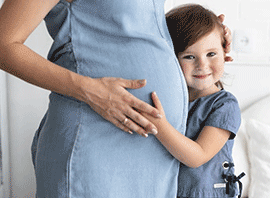
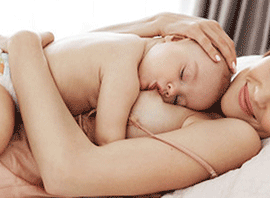
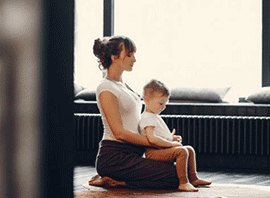


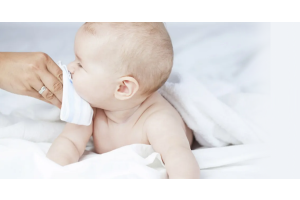


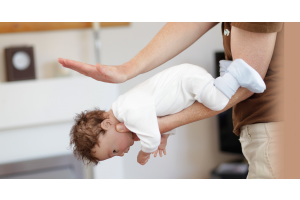
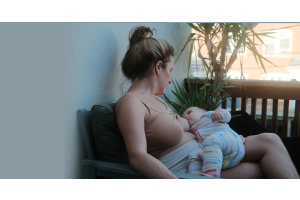
Validate your login
Sign In
Create New Account